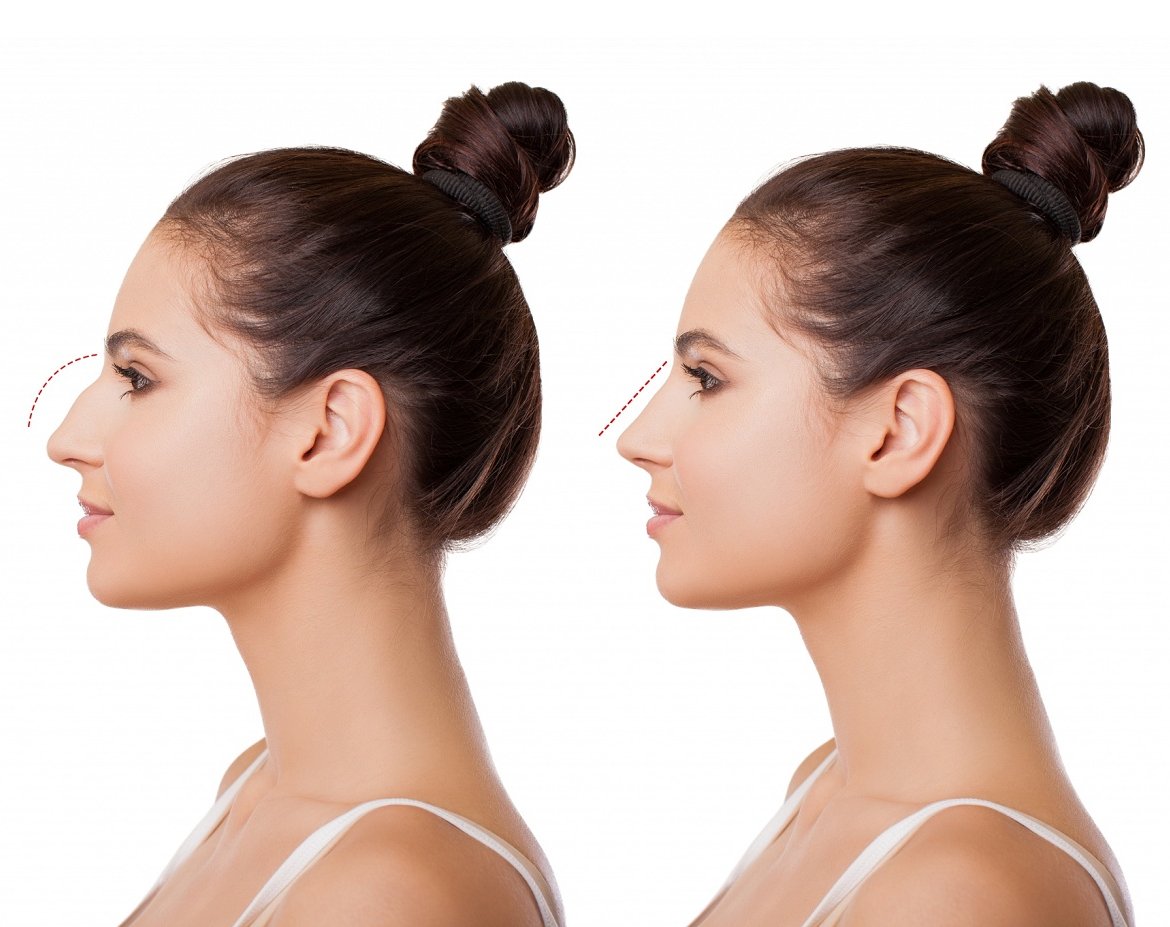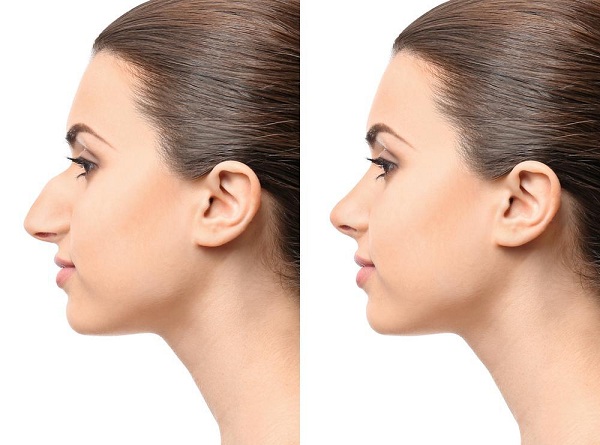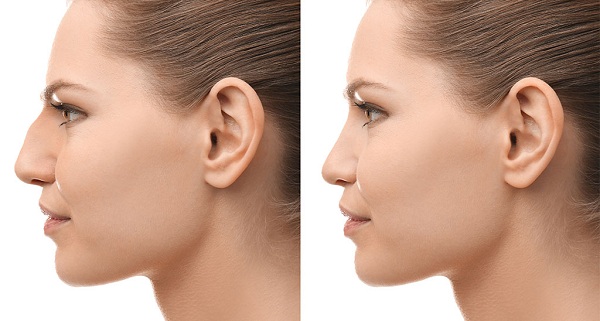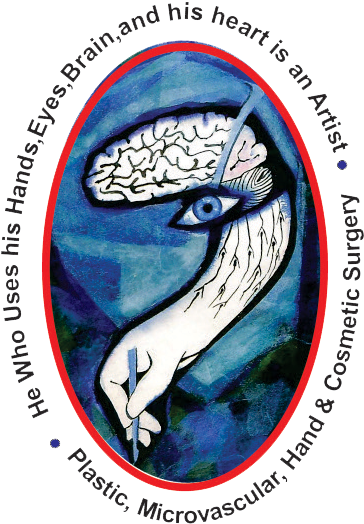Rhinoplasty
Rhinoplasty is surgery that changes the shape of the nose. The motivation for rhinoplasty may be to change the appearance of the nose, improve breathing or both.

Rhinoplasty surgery includes the following steps:
1. Anesthesia
Medications are administered for your comfort during the surgical procedure. The choices include intravenous sedation or general anesthesia. Your doctor will recommend the best choice for you.
2. The incision
Rhinoplasty is performed either using a closed procedure, where incisions are hidden inside the nose, or an open procedure, where an incision is made across the columella, the narrow strip of tissue that separates the nostrils.
Through these incisions, the skin that covers the nasal bones and cartilages is gently raised, allowing access to reshape the structure of the nose
3. Reshaping the nose structure
An overly large nose may be reduced by removing bone or cartilage. Sometimes surgery of the nose may require the addition of cartilage grafts.
Most commonly, cartilage from the septum, the partition in the middle of the nose, is used for this purpose. Occasionally cartilage from the ear or rarely a section of rib cartilage can be used.
4. Correcting a deviated septum
If the septum is deviated, it can be straightened and the projections inside the nose reduced to improve breathing.
5. Closing the incision
Once the underlying structure of the nose is sculpted to the desired shape, nasal skin and tissue is redraped and incisions are closed.
Additional incisions may be placed in the natural creases of the nostrils to alter their size.
Questions? We got Answers!
No. Rhinoplasty is a challenging operation. This is due to several factors. First, the nose is a complicated 3D shape that is in the middle of the face. Changes made during rhinoplasty are often very small. But these changes can make a major difference in the way the nose looks and functions. Because these changes are small, so is the margin for error.
Swelling and the placement of local anesthetic in the skin distort the nose during surgery, hiding many of the subtle changes made. Rhinoplasty also doesn’t have a standard plan or set order of steps. Doctors tailor each operation to the needs of the patient.




